Virtual reality to improve crisis management and cybersecurity
Known for its use in entertainment, virtual reality also offers interesting perspectives for crisis management and cybersecurity. Two projects carried out at IMT Mines Albi and IMT Atlantique aim to virtually simulate crises in supply chains and visualize cyberattacks.
When managing a supply chain or a digital environment, it can be difficult to visualize all the parameters that must be considered in decision making. Virtual reality is one of the ways scientists are currently considering to try and overcome this problem, by giving users access to complex, varied and simplified data in a single space. With virtual reality, “we can use visual metaphors to give concrete from to abstract elements,” explains Frederick Benaben, a researcher in information systems at IMT Mines Albi and director of POD, a crisis simulation project for supply chains.
When the user puts on the virtual reality headset, they find themselves on a platform above which there is a floating green line. This represents the performance of the supply chain. There is also an axis going in the same direction as the line which represents the ideal performance of the chain based on different performance indicators. If hazards arise such as storms or shortages with adverse effects on the operation of the supply chain, the trajectory of the green line shifts away from the axis representing the ideal state of operation. “The greater the deflection, the greater the risk of damage to the chain,” says Frederick Benaben. These risks are represented by spheres that, when the user catches them in the virtual environment, show the probability of damage occurring in the given situation.

As the probability of a hurricane increases, the green line shifts further away from the axis: the risk of damage to the chain increases.
In the simulation, the spheres can also represent opportunities such as working with a certain supplier. By catching them, the user can correct the line’s trajectory and remedy the damage. Frederick Benaben and his team have tested this virtual reality system in realistic settings. “We wanted to know if we could assess and predict the impact of combinations of risks and opportunities that a global supply chain might encounter (such as a supplier shortage or a climate event in a production area),” says the researcher.
Machine learning algorithms to calculate impacts
The simulation only takes account of known parameters that can affect the supply chain. “For a supply chain, the green line might correspond to financial indicators, product quality or customer satisfaction, delivery times, etc.,” says Frederick Benaben. Algorithms are used to formally calculate the consequences of one or more events and quantify the consequences on the performance indicators to obtain a formal deviation that can be represented visually.
Decision makers are free to choose their parameters, but there are always some they may not have considered. Using a database it has been given, the program might reveal crucial parameters or indicators that must be taken into account to best manage a crisis.
Virtual reality for cybersecurity
While virtual reality can be used to anticipate risks in a supply chain, it can also be useful in managing IT security threats. Marc-Oliver Pahl,* a researcher in Cybersecurity at the IRISA laboratory at IMT Atlantique, and his team within the Cybersecurity for Critical Infrastructure Industrial Chair, are developing a virtual reality emulation project to visualize data in real time. “The aim is to visualize the state of a computer system in real time in order to detect attacks or incidents, as well as to visualize possible changes in the system in the face of a cyberattack,” explains the researcher. “The channel between the software and humans works better if the latter uses several senses, such as sight, hearing and touch, which is why we decided to use virtual reality to develop our new interface,” he adds.
As with Frederick Benaben’s work, “the idea is to produce metaphors that can be understood by experts at different levels,” he says. The researcher wants to develop a collaborative system in which professionals from different fields of expertise and located all over the world can visualize identical or different data at the same time in the same virtual space. In the current version of the virtual prototype, the machines in a network are represented by rooms and the links between them by lines that the data packets travel along, symbolized by spheres.

On the left, a user observes the flow of data (orange and green spheres) heading towards terminals represented by rooms with doors.
The prototype is currently connected to an Airbus Cyber Range, a virtual environment that models systems with dozens or even hundreds of interconnected machines. Cyber Range is a tool for simulating cyberattacks. “For example, in a denial-of-service attack, an unusually high number of packets might arrive at a node and saturate it,” explains the researcher. In the current emulation, this is represented by an unusually high number of spheres moving along the lines to one or more rooms representing computers.
A potential for collaboration between the two projects
“There is a fairly strong link with Frederick Benaben and his team’s work in virtual reality, because we work with similar tools and related use cases, such as crisis simulation, even if the data we visualize are quite different,” says Marc-Oliver Pahl. Collaboration between the two projects would open perspectives for improvement in the ergonomics of the virtual interface. “The aim is for virtual reality to allow us to do things that would be impossible in reality, such as several people handling a single object in an uncoordinated way,” says Frederick Benaben. “We haven’t studied the possibilities for multi-user decision making in depth yet,” he adds.
While the roll-out of collaborative methods is the next step in the development of the interfaces for both researchers, other more general problems also remain to be addressed. Virtual reality headsets are rather bulky, which does not facilitate their use. In addition, prices are still too high for virtual reality to be widely used. “The day when glasses replace headsets, prices are lower and programs are attractive, virtual reality could become widespread,” says Frederick Benaben.
*Marc-Oliver Pahl is also a member of the steering committee of the German-French Academy for the Industry of the Future which supports True-view, a data visualization project.
Marc-Oliver Pahl’s emulation project is financed by the partners of the Cybersecurity for Critical Infrastructure Industrial Chair (cyberCNI.fr) of Insitut Mines-Télécom, led by IMT Atlantique, Telecom Sud Paris and Télécom Paris, in partnership with Airbus, Amossys, BNP Paribas, EDF, SNCF, the Brittany region and the FEDER in liaison with the Cyber Excellence Cluster (PEC).
Rémy Fauvel

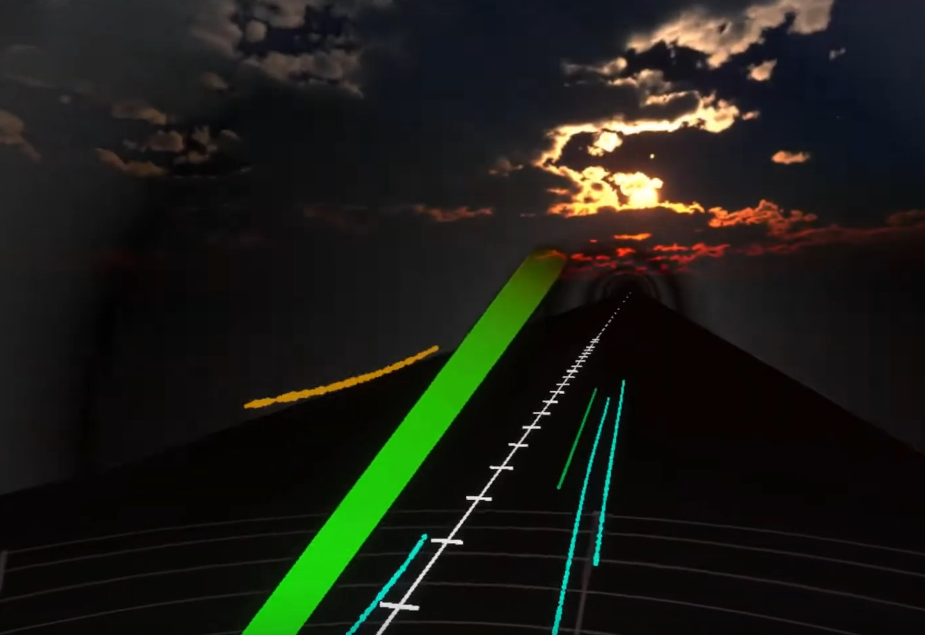
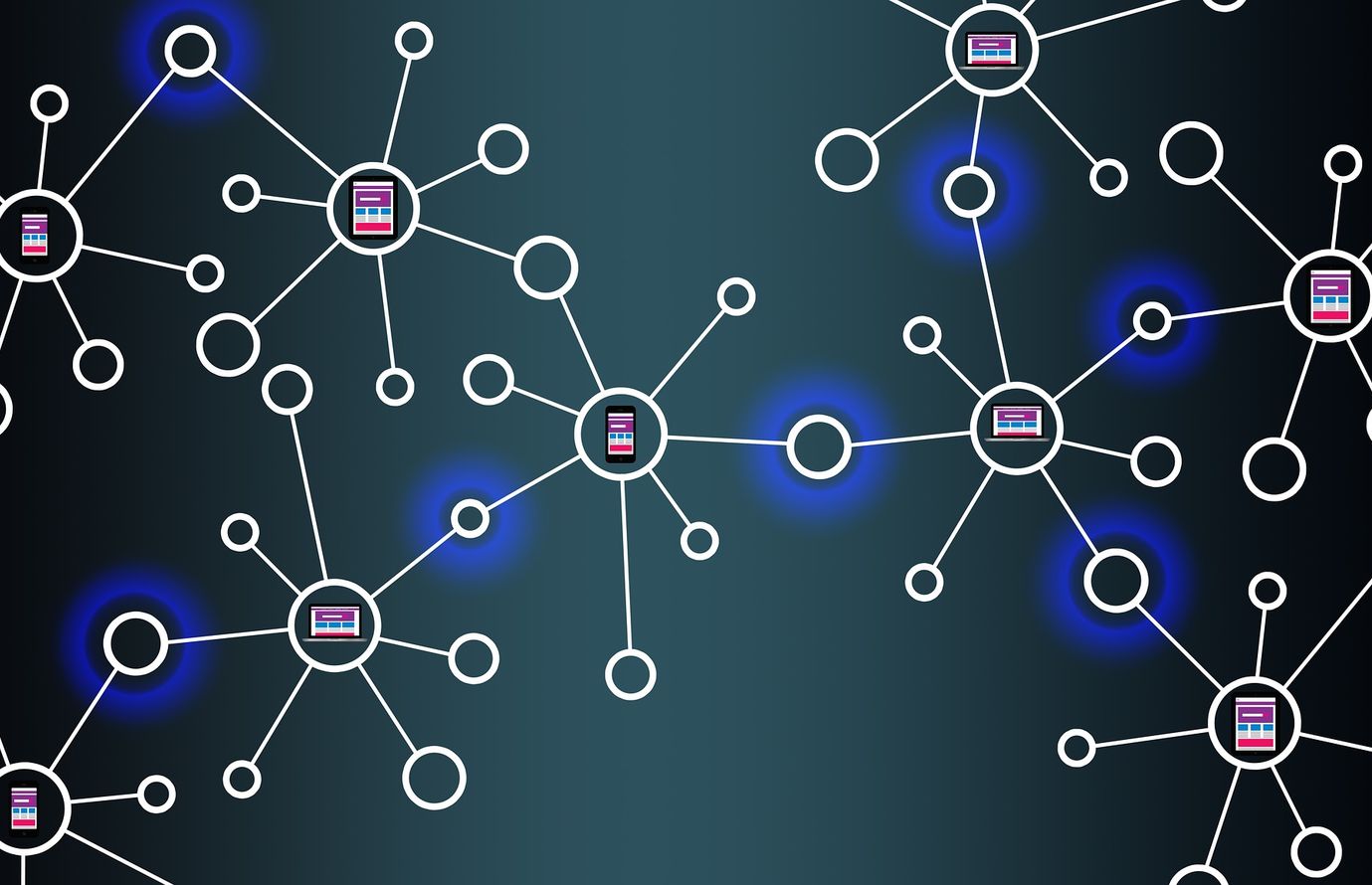
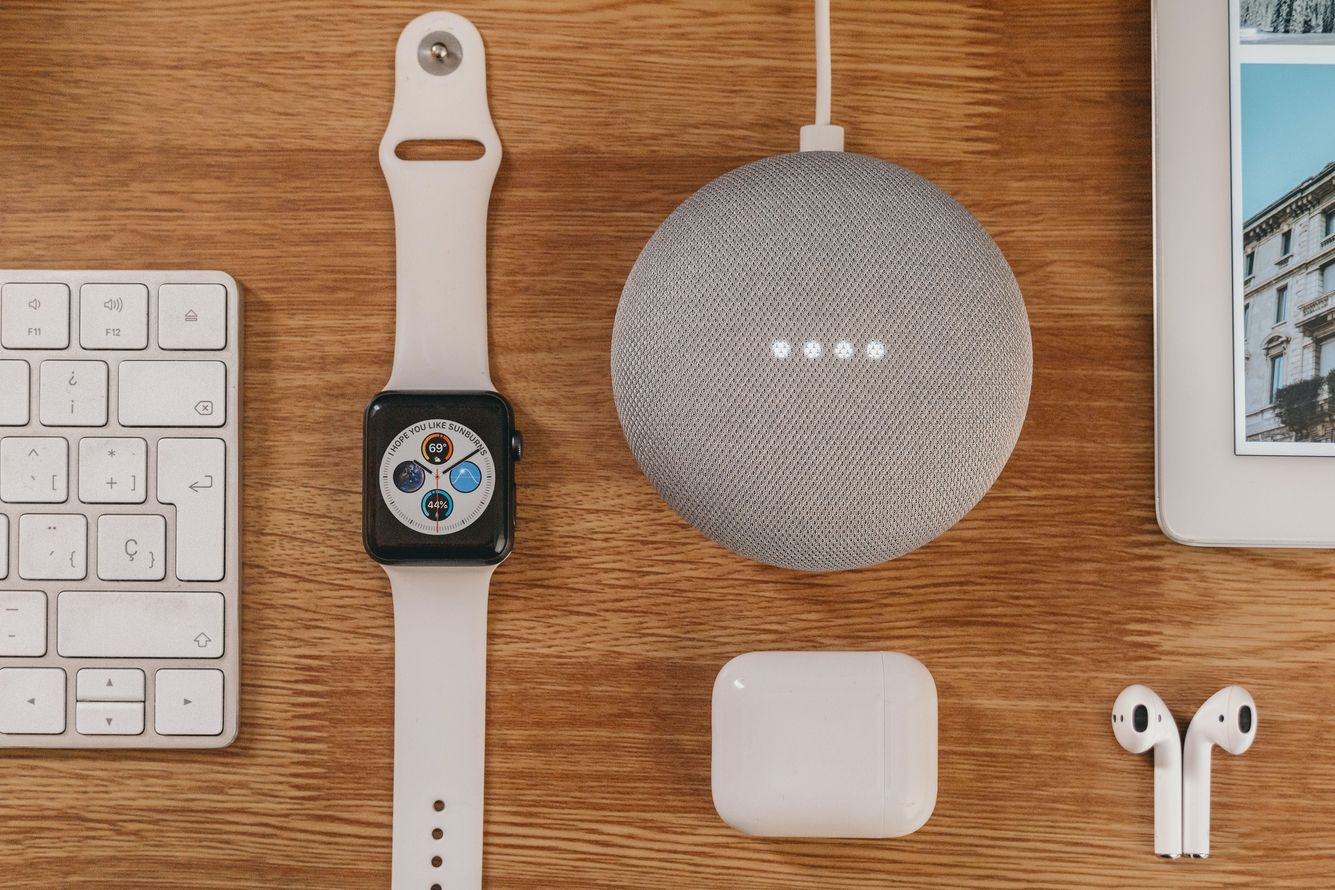

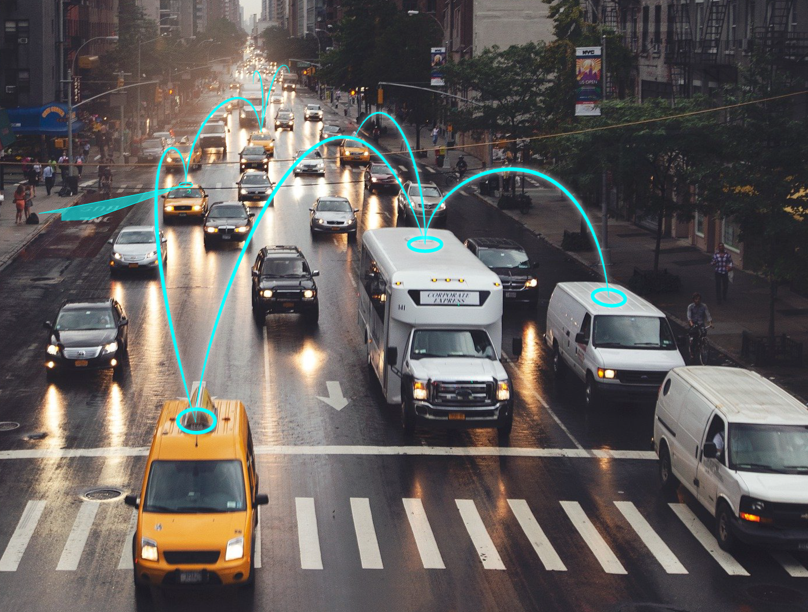

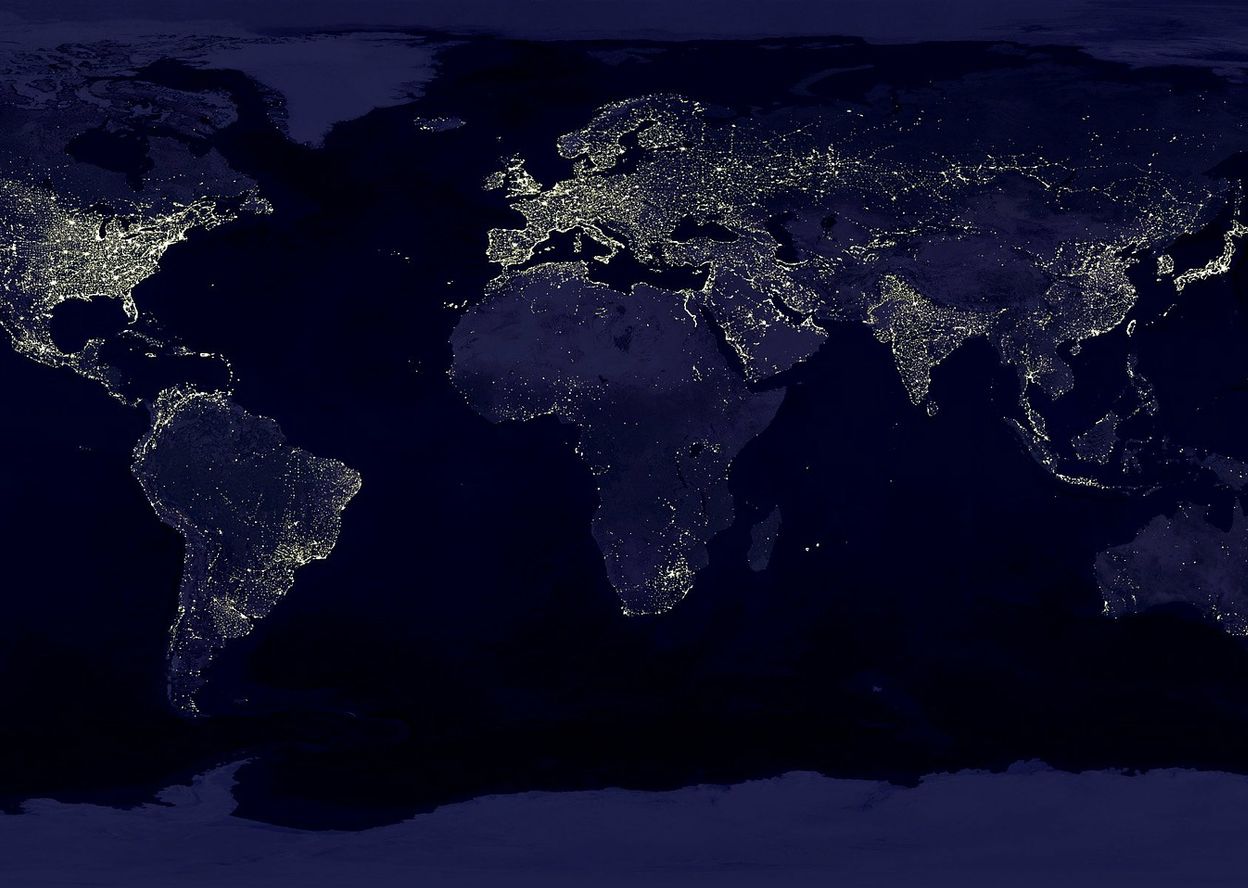



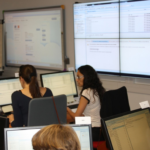

Leave a Reply
Want to join the discussion?Feel free to contribute!